1,5-DIHYDROXYANTHRAQUINONE
Synonym(s):1,5-Dihydroxyanthraquinone
- CAS NO.:117-12-4
- Empirical Formula: C14H8O4
- Molecular Weight: 240.21
- MDL number: MFCD00001210
- EINECS: 204-175-6
- SAFETY DATA SHEET (SDS)
- Update Date: 2024-10-24 21:11:45
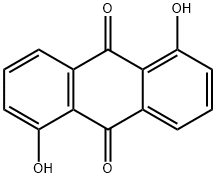
What is 1,5-DIHYDROXYANTHRAQUINONE?
Chemical properties
Yellow to Green Solid
The Uses of 1,5-DIHYDROXYANTHRAQUINONE
1,5-Dihydroxyanthraquinone is an anthraquinone derivative with suppressive effects against nitric oxide (NO) synthase. Potential antimalarial agent. Used in studies as a potential competitive non-peptidic inhibitor of HIV-1 protei nase.
The Uses of 1,5-DIHYDROXYANTHRAQUINONE
Important intermediate in the manufacture of alizarin and indanthrene dyestuffs. Forms insoluble Ba and Ca lakes; has been proposed as analytical reagent for the detection of Ca.
The Uses of 1,5-DIHYDROXYANTHRAQUINONE
1,5-Dihydroxyanthraquinone (anthrarufin) is an important intermediate for manufacturing disperse blue dyes. It is the key intermediates for manufacturing disperse blue dyes via dinitrodihydroxyanthraquinone and vat dyes via diaminoanthraquinones.
Definition
ChEBI: A dihydroxyanthraquinone that is anthracene-9,10-dione substituted by hydroxy groups at positions 1 and 5.
Synthesis
1,5-Dihydroxyanthraquinone is prepared from 1,5-anthraquinonedisulfonic acid by replacing the SO3H groups, and from 1,5-dinitroanthraquinone by directly replacing the nitro groups, e.g., in sulfolane with calcium oxide or, more effectively, via 1,5- dimethoxyanthraquinone and subsequent hydrolysis of the ether linkage.
Purification Methods
Purify anthrarufin by column chromatography on silica gel with CHCl3/Et2O as eluent, followed by recrystallisation from acetone. Alternatively recrystallise it from glacial acetic acid [Flom & Barbara J Phys Chem 89 4489 1985]. [Beilstein 7 III 2359, 8 IV 3268.]
Properties of 1,5-DIHYDROXYANTHRAQUINONE
| Melting point: | 279 °C (dec.)(lit.) |
| Boiling point: | 342.92°C (rough estimate) |
| Density | 1.56 g/cm3 |
| vapor density | 8.3 (vs air) |
| refractive index | 1.5430 (estimate) |
| storage temp. | -20°C Freezer |
| solubility | Poor solubility in all solvents tested.DMSO (Sparingly) |
| form | Solid |
| pka | 6.42±0.20(Predicted) |
| color | Yellow to Green |
| Merck | 14,689 |
| BRN | 1881718 |
| CAS DataBase Reference | 117-12-4(CAS DataBase Reference) |
| EPA Substance Registry System | Anthrarufin (117-12-4) |
Safety information for 1,5-DIHYDROXYANTHRAQUINONE
| Signal word | Warning |
| Pictogram(s) |
 Exclamation Mark Irritant GHS07 |
| GHS Hazard Statements |
H315:Skin corrosion/irritation H319:Serious eye damage/eye irritation H335:Specific target organ toxicity, single exposure;Respiratory tract irritation |
| Precautionary Statement Codes |
P261:Avoid breathing dust/fume/gas/mist/vapours/spray. P264:Wash hands thoroughly after handling. P264:Wash skin thouroughly after handling. P271:Use only outdoors or in a well-ventilated area. P280:Wear protective gloves/protective clothing/eye protection/face protection. P302+P352:IF ON SKIN: wash with plenty of soap and water. P305+P351+P338:IF IN EYES: Rinse cautiously with water for several minutes. Remove contact lenses, if present and easy to do. Continuerinsing. |
Computed Descriptors for 1,5-DIHYDROXYANTHRAQUINONE
Related products of tetrahydrofuran

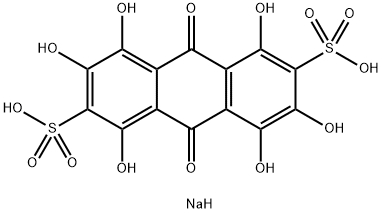
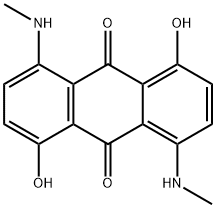
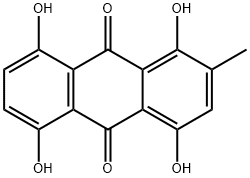
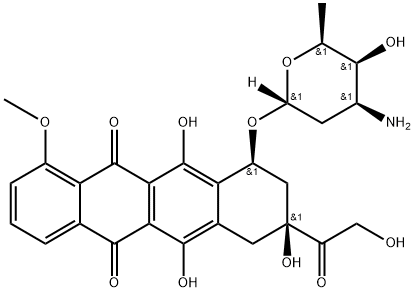
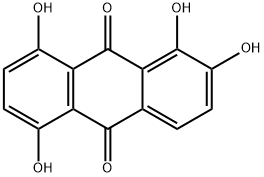
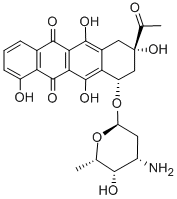
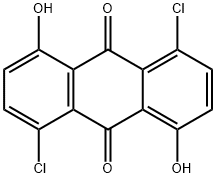
You may like
-
 Anthrarufin CAS 117-12-4View Details
Anthrarufin CAS 117-12-4View Details
117-12-4 -
 Anthrarufin CAS 117-12-4View Details
Anthrarufin CAS 117-12-4View Details
117-12-4 -
 Anthrarufin CAS 117-12-4View Details
Anthrarufin CAS 117-12-4View Details
117-12-4 -
 77-92-9 99%View Details
77-92-9 99%View Details
77-92-9 -
 77-92-9 99%View Details
77-92-9 99%View Details
77-92-9 -
 8000-27-9 CEDAR WOOD OIL 99%View Details
8000-27-9 CEDAR WOOD OIL 99%View Details
8000-27-9 -
 AMMONIUM DICHROMATE 7789-09-5 99%View Details
AMMONIUM DICHROMATE 7789-09-5 99%View Details
7789-09-5 -
 95-54-5 99%View Details
95-54-5 99%View Details
95-54-5